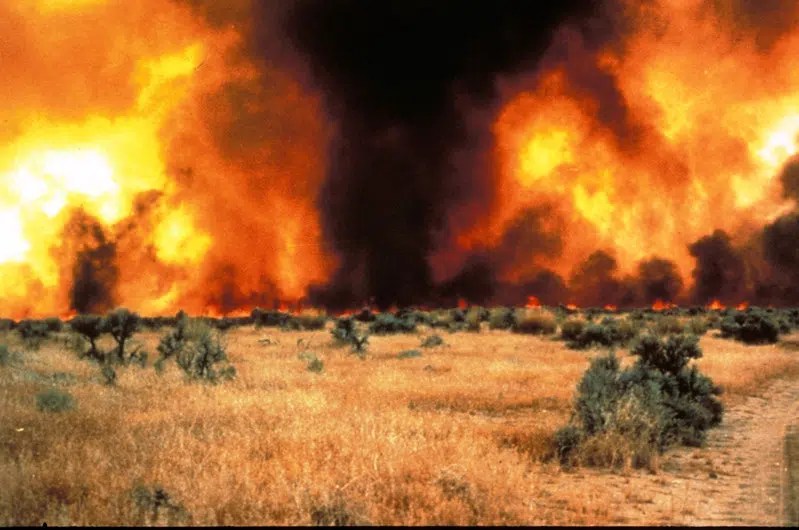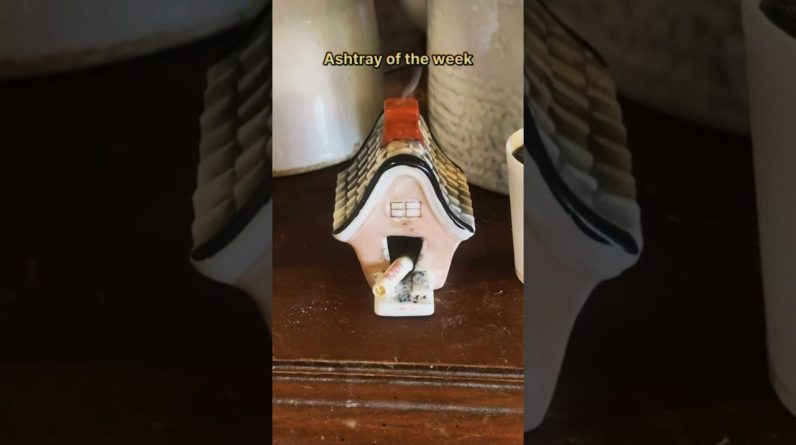The US government doles out cash to farmers following natural disasters through the newly founded Department of Agriculture Emergency Relief Program. Previously, it went by the name of the Wildfire and Hurricane Indemnity Program. Natural disasters include drought, excessive heat or moisture, flooding, freezing, hurricanes, smoke exposure and winter storms. Even in the 37 states plus the District of Columbia where cannabis is legal at least for medical purposes, cannabis farms don’t get any dosh. This is because while a state might allow it, the federal government prohibits cannabis under the Controlled Substances Act.

A wildfire in Idaho in the western United States. Photo: US Fish and Wildlife Service

A wildfire in Idaho in the western United States. Photo: US Fish and Wildlife Service
What was paid
Farms can get a maximum of $250,000. The Emergency Relief Program shelled out $6 bn for events in 2020 and 2021, but none went to cannabis farms. Private insurers are also discouraged, and those that aren’t charge a fortune. This is despite cannabis being the fifth most valuable crop in the United States. Wildfires put paid to the crops of many cannabis farms in the west of the country in 2020 and 2021.
Cannabis farmers have to risk their lives
With no protection from natural disasters, the folk who own cannabis farms are obliged to put their lives at risk. When a huge wildfire wrecked the state of Washington’s Okanogan County late in 2020, cannabis farmer Terry Taylor sprang into action. He feared the loss of his family home and his livelihood. Taylor describes his company, Okanogan Gold, as “our whole life.” His family had spent seven years developing the business. If they would have been compensated for a natural disaster, “we would’ve just said, ‘OK, let’s just go.’”
Taylor defies death
Taylor put his life at risk to keep his 38-acre farm safe, staying put even after police told him to clear off shortly after midnight: “This is your last chance. If you don’t go, we’re not sending any resources. You’re on your own.” The wildfire struck over 290 square miles around his farm. The flames on the other side of the Okanogan River were as much as 200 feet high.
Along with three family members, Taylor diverted the fire by digging a fireline. A tractor was invaluable here; without it, the whole farm would have gone up in flames. When the fire reached a fence, his daughter’s boyfriend kicked it down.
Having been a firefighter for almost three years in the past, Taylor knew all about fire. He was aware that usually, a fire of that size would have been dealt with by six fire engines and 60 firefighters, “So, the amazing thing is that we did it with, like, four people.” While his company sustained $500,000 of crop damage plus a further $10,000 of damage to such equipment as irrigation pipes, his home went untouched. Had the Taylor family not acted, the neighbourhood beyond would have been devastated.
How to prevent damage from wildfires
Some action can be taken to avoid wildfire damage. Put up screens around chimneys to prevent embers from falling into buildings. Pre-emptively dig firelines around the farm that are 20–30 feet wide. Keep a backup water tank for firefighters to access. Keep vegetation trimmed. Gates and structures should be accessible with a universal key.
The post US cannabis farms not given government money after disasters appeared first on NEWSTHC.
Source: https://www.newsthc.com/us-cannabis-farms-not-given-government-money-after-disasters/





